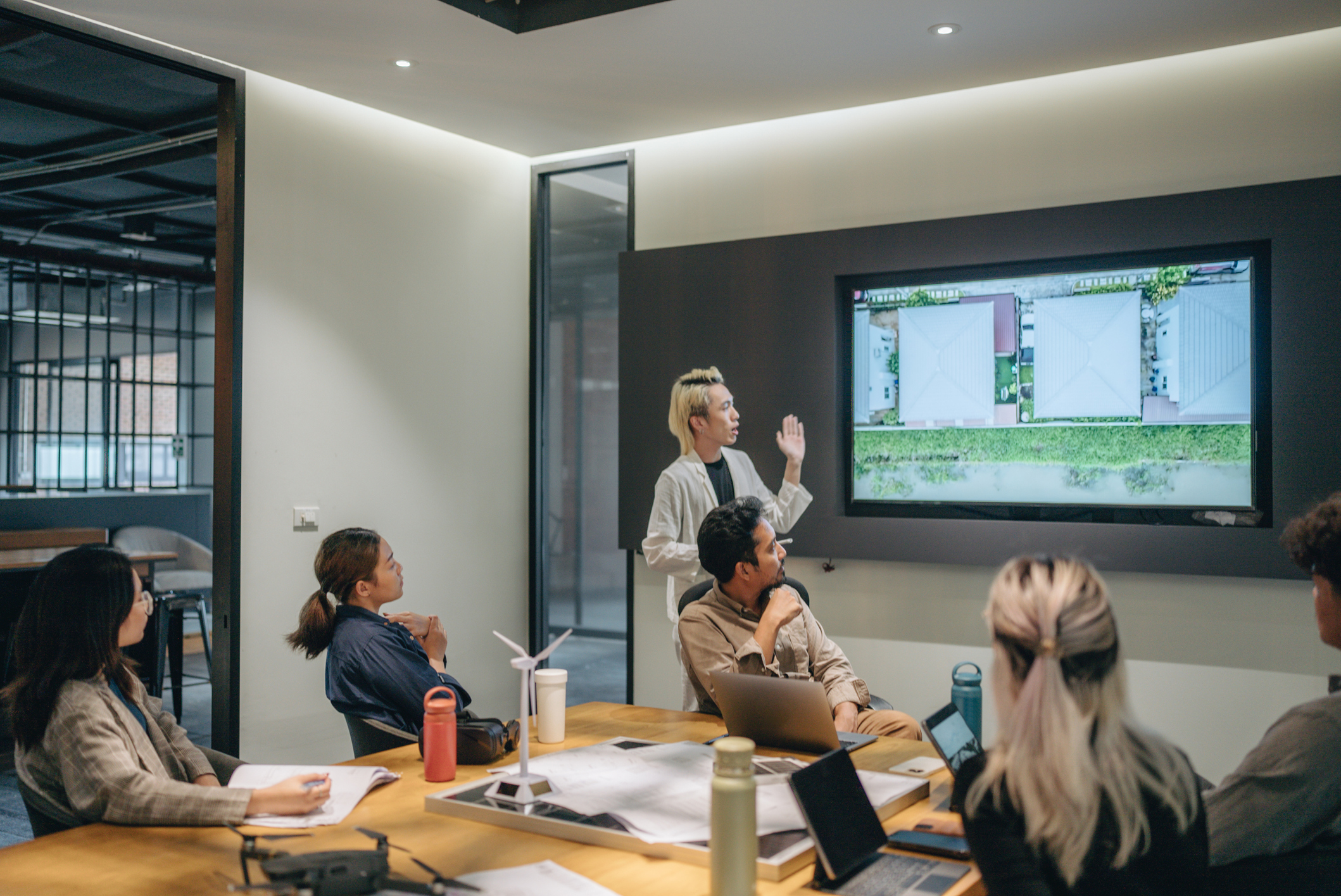Why Digital Video Is the Future of Advertising.
Video
Jan 16
Traditional network/cable/satellite TV viewing numbers are on the decline, with more consumers (especially younger ones) preferring to stream content on their devices and smart TVs.
In a recent Nielsen survey, during this past October, the number of younger viewers age 18 to 34 watching traditional TV was down 16 percent from the same period a year ago, and 36 percent from 4 years ago. Digital research firm eMarketer predicted that by the end of this year some 33 million people will cut the cord and stop their traditional cable or satellite subscription services, a 32 percent increase from the previous year.
If fewer people are watching traditional TV, how can marketers use the medium to reach viewers? TV hasn’t gone away from most American homes, it’s just that the content being watched is coming from internet connections. That’s why it’s important for marketers to understand the switch in viewing preferences.
In the digital video/digital advertising industry, we feel this situation creates opportunities for smart marketers. Digital video advertising offers interactive, visual opportunities to connect with consumers and inspire new relationships with brands.
Here are some of the reasons why video will continue to have a significant impact on digital advertising.
Video Is Engaging
Nearly all millennials are consuming video content on a daily basis with their mobile devices. As a result, it’s likely they are seeing digital video ads on Instagram, Snapchat, YouTube, and other video-centric channels.
Interactive digital video advertising will continue to dominate the US advertising landscape. A recent eMarketer report shows US digital video ad spending will show continued growth from a mix of mobile and social media video ads, and will eventually take up half of top marketers’ budgets in the coming year.
A Customized, Personal Experience
Younger viewers (and some older ones, too) are no longer watching what’s on TV. Instead, they are using their smart TVs (with YouTube, Roku, Apple TV, and Chromecast leading the way) to deliver content the way they want it, when they want it. TV is becoming a personalized, customized viewing experience. That opens the door to personal engagement with advertising.
Video Is Memorable
Thanks to being able to pick and choose what consumers want to watch, the experience of massive (or binge) video watching (such as an entire season or two of a favorite program in one evening) becomes more memorable and shareable as well.
No More Prime Time?
How does this new viewer reality square with marketers still spending more of their money on “prime time” advertising? Does the concept of “prime time” still warrant the higher values? With a plethora of streaming outlets available, more younger viewers are clearly not pressured to watch TV at any particular hour.
New Video Formats
Because of the new types of viewing, video ads have been taking on new forms. There are native outstream video ads used in social and online media feeds, live videos from social media channels, and an emerging class of online TV shows being sponsored by major online marketers.
With these changes in the way people (and particularly younger people) watch their programs, brands now have fantastic possibilities for standing out by using creative combinations of personalization, user experience interaction, and hot spots/outstream/native video formats.






